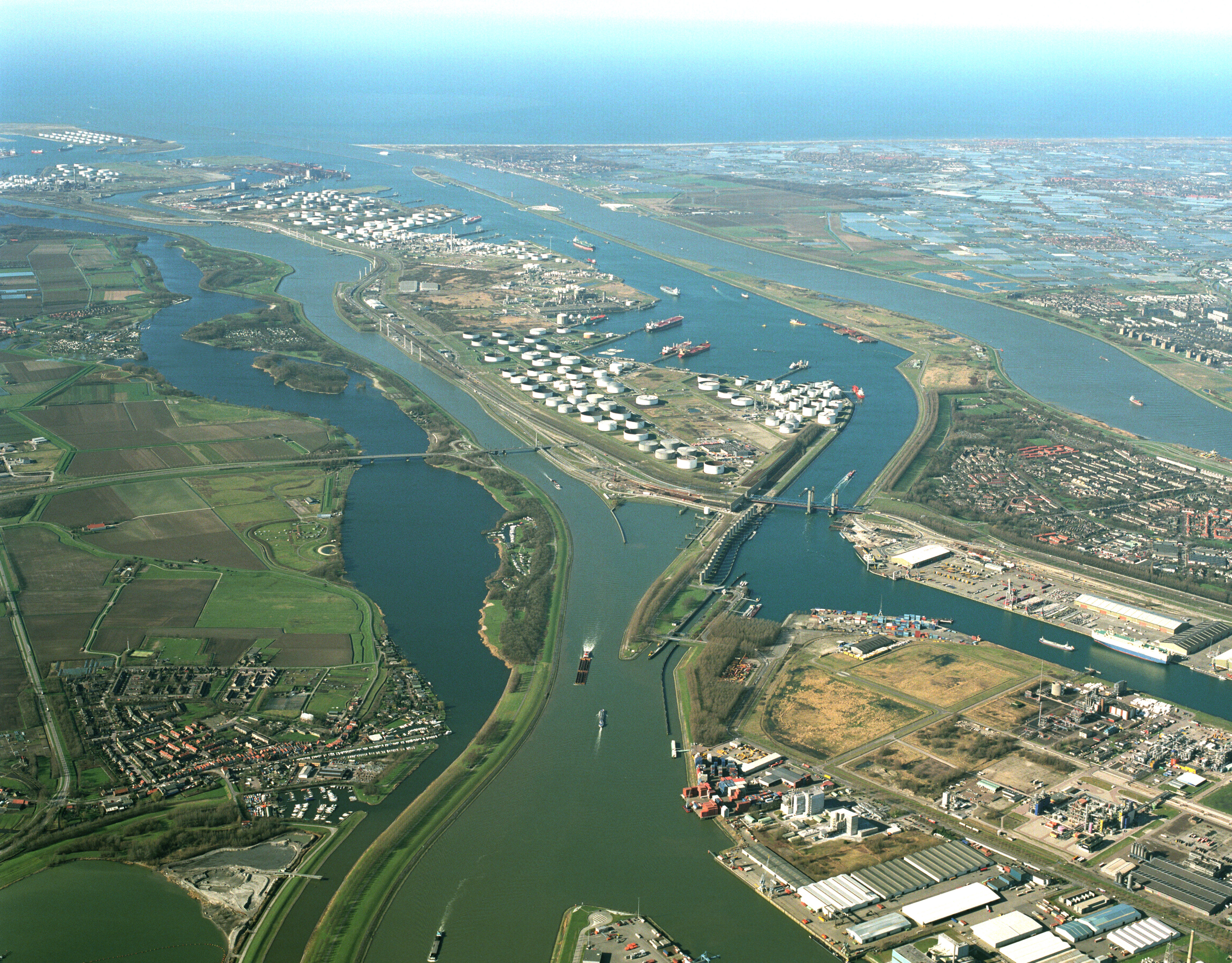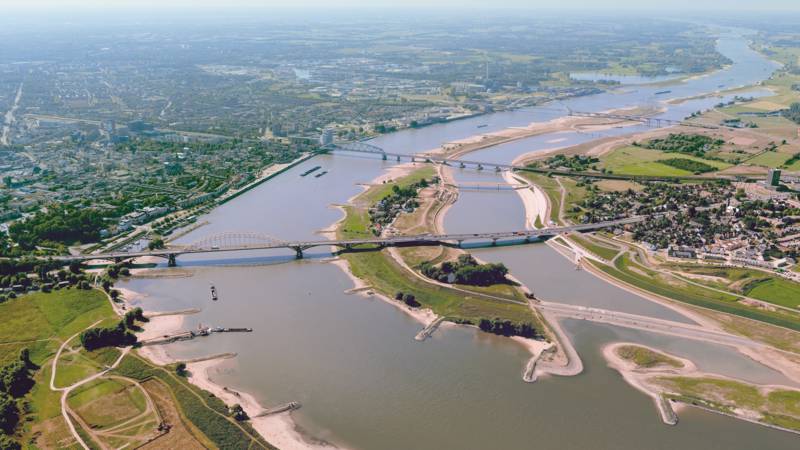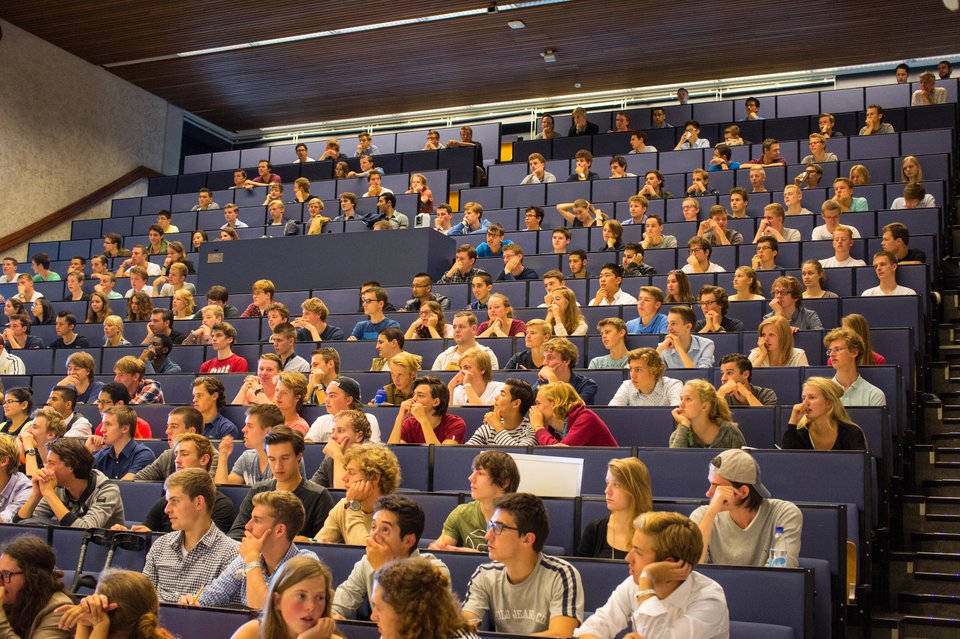Rivers and Ports
The Rivers & Ports section of the Hydraulic Engineering department focusses on science, engineering, and design that enables river systems and ports and waterways systems to more effectively serve societies. Rivers, as the natural arteries of our planet, transport water and sediment, create vital ecosystems, and facilitate the transportation of goods. In contrast, ports represent the epitome of functionality, serving as critical gateways for global trade and supply chains. The Rivers & Ports section focuses on understanding and harnessing rivers and ports systems to ensure that these integral components of our modern civilisation continue to support life trade through sustainable means in the face of complex and constantly changing challenges. To address these challenges, our section provides insight and (modelling) tools for improving navigation, flood protection, freshwater security, and biodiversity, while adapting to the dynamic needs of our ever-changing world.
Rivers are the backbones of vulnerable river deltas that host a major share of the world population. Rivers supply water and sediment, and they constitute important transportation axes and ecological corridors. River engineering serves society by optimizing rivers’ numerous services while providing safety against flooding. River interventions are among the oldest examples of engineering since the times of Chinese Emperor Yu and Egyptian Pharaoh Menes. Today, river managers are faced with the task of reconciling and optimizing river functions such as flood safety, freshwater supply, navigation, nature, and hydropower. River engineering at TU Delft studies measures that facilitate these functions, as well as methods to assess the local (order 1-10 km scale) and large-scale (order 10-100 km scale) effects of river interventions, which become prevalent either on the short or long term.
River engineering at TU Delft has a strong foundation in principles of fluid mechanics and morphodynamics, and develops elementary physical relations that can be used in either research codes or commercial numerical codes such as the SOBEK and Delft3D modelling systems. In particular, we assess how rivers respond to anthropogenic interventions, climate change, and natural changes. In order to do so, we develop conceptual, analytical, and numerical models as tools to increase insight on the physics governing modern river problems. We combine these models with analyses of field and lab data to extend physical understanding to engineering applications. In this, we focus on the Rhine branches, Meuse, Yangtze, Brahmaputra, Ganges, the Karnali system in Nepal, and other rivers around the globe. River engineering at TU Delft has close links with Rijkswaterstaat, Deltares and consultancies. Key areas of fundamental research include (a) Interventions and NBS in rivers, (b) Climate change impact on rivers, (c) Sediment connectivity and management, and (d) Biodiversity assessment in rivers though eDNA.
The world's economy relies heavily on waterborne supply chains. Approximately 80% of all global trade is carried by marine transport; according to UNCTAD/RMT/2021, the total tonnage is divided among containers (19%), main bulk (30%), other dry cargo (24%) and tanker trades (27%). The overall efficiency of global supply chains is to a great extent determined by the in-port and hinterland transport networks to which they are connected. A major challenge in the field of port and waterway engineering is the timely adaptation of water transport networks, and their associated infrastructure, to ever-changing external circumstances, such as increasing vessel sizes, developments in trade, political instability, climate change, increased focus on sustainability, the energy transition, autonomous shipping, digitalisation, etc. Large investments are required to maintain (and where possible improve) competitive positions. Optimising while markets continuously rebalance requires insight, skill, fundamental and applied research. Getting it wrong is not only very costly but may severely impact future competitiveness.
The design and operation of port and waterway systems is a complex challenge that involves many disciplines. External triggers force actors to continuously review whether their policies and positions will be sustainable. Often measures need to be taken to adapt to the changing world. Non-linear feedbacks that exist in and between these systems make it risky to rely on intuition and experience alone. Port and waterway professionals embrace this complexity and develop and compare alternative strategies for the design and operation of waterborne supply chains to support decision making. This requires a thorough understanding of the key elements of port and waterway systems, and their complex interactions, in order to create a system in which transport capacity, efficiency, safety and sustainability meet pre-de ned objectives in a well-balanced way. Key areas of research include (e) Nautical traffic, capacity & safety, (f) Port accessibility & sediment management, (g) Ports & waterways infrastructure, (h) Ports & Waterways sustainability, and (i) Ports & Waterways Digitalization.








